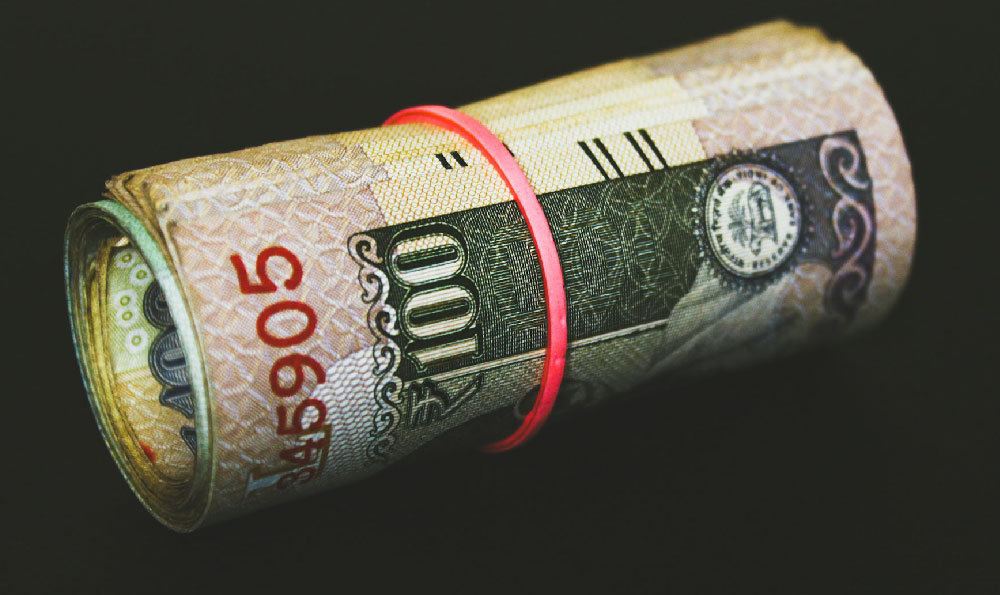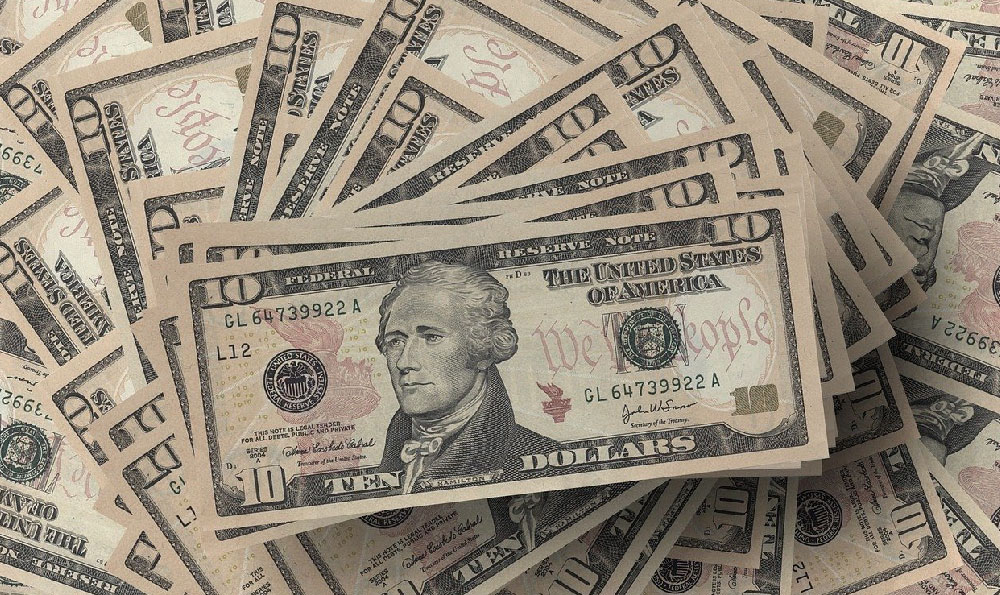How much can you earn, and is it worth it, from 12 plants?

The allure of passive income often leads people to explore diverse avenues, and the idea of cultivating a small garden of 12 plants for profit can be quite appealing. However, before picturing overflowing coffers and a life of leisure, a realistic assessment of the potential earnings and the necessary commitment is crucial. The profitability of such a venture hinges on a multitude of factors, from the choice of plants and the local market demand to the initial investment and ongoing maintenance.
Let's dissect the potential earnings. The "worth it" aspect is subjective and dependent on individual circumstances, tolerance for risk, and time constraints.
Choosing the right plants is paramount. High-value crops, such as culinary herbs, medicinal herbs, or specialty vegetables, generally offer a better return on investment than common garden variety produce. Consider basil, mint, rosemary, lavender, cherry tomatoes, chili peppers, or even certain types of leafy greens that command a premium in local markets or to restaurants. Organic certification, if attainable, can significantly increase the market value of your produce. The scale of 12 plants isn't designed for mass production, so focusing on quality and niche markets is essential.

The local market plays a pivotal role in determining the price you can command for your harvest. Researching local farmers' markets, restaurants, and even individual consumers in your neighborhood can provide valuable insights into demand and pricing. Direct sales often yield higher profits compared to selling to wholesale distributors, but they also require more time and effort in marketing and customer service. Understand what the prevailing rates are for similar products in your area. Overpricing will deter buyers, while underpricing might leave you selling at a loss.
The initial investment goes beyond just the cost of seeds or seedlings. Consider the cost of pots, soil, fertilizer, gardening tools, and potential pest control measures. If you're aiming for organic certification, there are additional costs involved in adhering to specific standards and obtaining the necessary certifications. Furthermore, you may need to invest in packaging materials for selling your produce. A detailed cost analysis is critical before even planting the first seed. Don't forget to account for potential losses due to plant diseases, pests, or unfavorable weather conditions.
Ongoing maintenance is a recurring expense and a significant time commitment. Watering, weeding, fertilizing, and pest control are essential for maximizing yields. Depending on the chosen plants, pruning and harvesting may require specialized knowledge and techniques. Time is a valuable resource, and you must factor in the hours spent tending to your garden when calculating your potential profit margin. If you need to purchase specialized equipment or hire labor for certain tasks, these costs will further impact your profitability.
Let's put some numbers into the equation, recognizing that these are purely illustrative and will vary significantly depending on your specific circumstances. Suppose you choose to grow basil, a relatively high-value herb, in individual pots. Each plant, with proper care, might yield around half a pound of basil per growing season. If you can sell the basil for $10 per pound at a local farmers' market, each plant could potentially generate $5 in revenue. With 12 plants, your total revenue would be $60.
However, this is before accounting for expenses. Let's assume you spend $2 per plant on seeds/seedlings, $1 per plant on soil and fertilizer, and $0.50 per plant on pest control. This brings your total expenses to $42. Your profit would then be $18. This number doesn't factor in your time spent tending to the garden and marketing your produce, which could easily negate the financial gain.
The "worth it" aspect comes down to whether you value the intrinsic benefits of gardening, such as stress relief, connection with nature, and the satisfaction of growing your own food, over the relatively small financial return. If you're solely focused on maximizing profit, there are likely more lucrative investment opportunities.
Scaling up could potentially increase profitability, but it also requires a significantly larger investment and more intensive management. A larger-scale operation would necessitate more space, more specialized equipment, and potentially the need to hire labor. The increased volume of produce would also require a more sophisticated marketing and distribution strategy.
Beyond the financial aspects, there are also environmental considerations. Sustainable gardening practices, such as composting and using organic fertilizers, can minimize your environmental impact. Reducing your reliance on chemical pesticides and herbicides can also benefit local ecosystems. Consumers are increasingly seeking out sustainably grown produce, so adopting these practices can also enhance the marketability of your products.
In conclusion, earning a substantial income from 12 plants is unlikely. While it's possible to generate some supplemental income, the effort and investment required may outweigh the financial return. The "worth it" factor depends on your personal values and priorities. If you enjoy gardening and are passionate about growing your own food, then the financial aspect may be secondary. However, if your sole goal is to maximize profit, a small-scale garden may not be the most efficient use of your time and resources. A thorough cost-benefit analysis, coupled with a realistic assessment of your skills and resources, is essential before embarking on this endeavor. The greatest reward might not be the money earned, but the satisfaction of nurturing life and contributing to a more sustainable food system on a small, personal scale.















